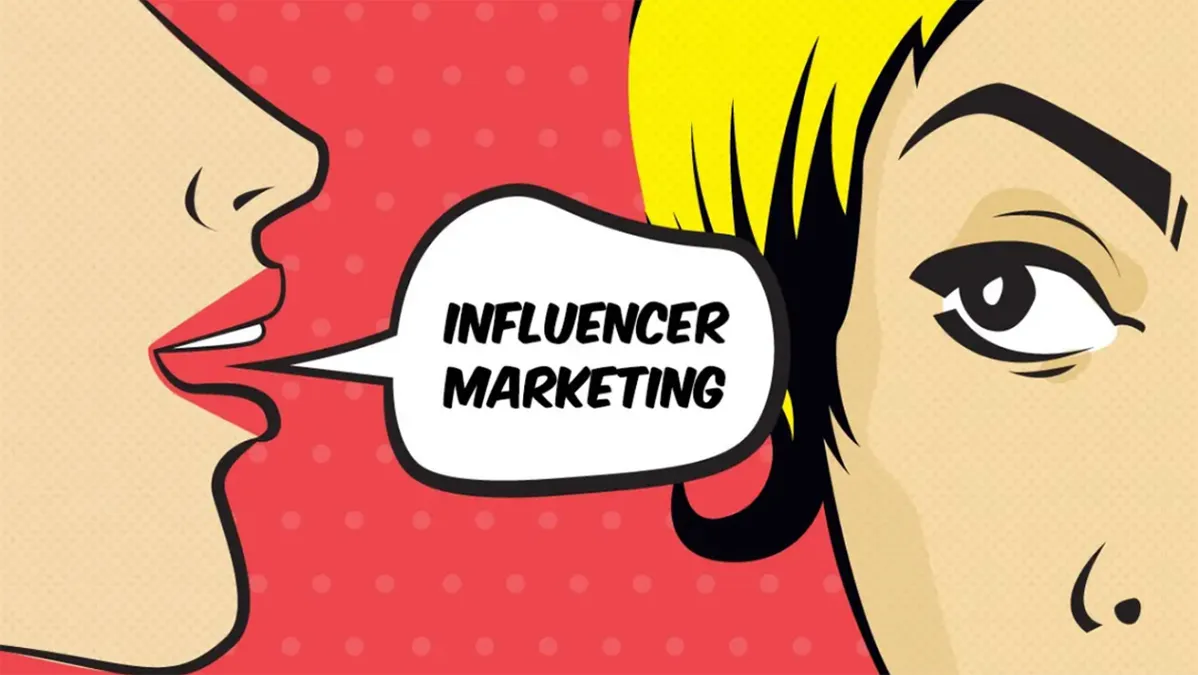Influencer marketing has been growing quickly in recent years, with brands teaming up with big-name influencers who have millions of followers. But as we look towards 2025, there’s a clear shift happening. More brands are turning to micro-influencers instead of mega-influencers. What does this mean for marketing, and how will it affect businesses and consumers?
What Are Mega and Micro-Influencers?
Let’s start by understanding what mega and micro-influencers are.
- Mega-Influencers – These are influencers with huge followings, often over a million people on platforms like Instagram, YouTube. These are usually celebrities or famous social media stars. Brands partner with them to reach a massive audience.
- Micro-Influencers – These influencers have a smaller following, usually between 1,000 to 100,000 followers. However, their audiences are much more engaged and loyal. Micro-influencers often focus on specific topics, like beauty, fitness, or tech.
Why the Shift?
In the past, brands loved working with mega-influencers because they could reach so many people. But as the internet and social media continue to grow, things are changing for a few important reasons:
- Authenticity and Trust – Today, people want to see real, relatable content. Mega influencers, with their huge followings, can’t always connect with their audience on a personal level. Micro influencers, on the other hand, build strong relationships with their followers making them seem more trustworthy.
- Higher Engagement – Even though mega influencers have millions of followers, they don’t always get as many likes, comments, or shares on their posts. Micro-influencers tend to have better engagement with their followers. Their smaller but loyal audience means more people interact with their posts, which can lead to better results for brands.
- More Affordable – Working with mega influencers can be expensive, and not every business can afford it. Micro-influencers are much more affordable, which is great for small businesses or brands with limited budgets. This allows them to work with several influencers and reach different types of audiences.
- Targeting Specific Audiences – Micro-influencers often focus on specific topics or niches, like vegan food, skincare, or tech gadgets. This makes it easier for brands to reach the exact people they want to target. Working with different micro-influencers helps brands reach many different groups of people, each with interests that match their product.
What’s Next for Influencer Marketing in 2025?
Looking ahead to 2025, micro-influencers will likely dominate the influencer marketing world. Their ability to connect with people on a personal level, along with better engagement rates and lower costs, makes them an attractive option for brands. Companies will use micro-influencers to build stronger, more personal relationships with their customers.
Mega-influencers will still have a place, but micro-influencers are leading the way in a new era of influencer marketing, where trust and quality matter more than big numbers. For businesses, this means more chances to connect with specific audiences in a meaningful way.
In conclusion, the shift from mega to micro-influencers will continue to shape marketing in 2025. As people look for more genuine, relatable content, micro-influencers will be the key to delivering that. This trend is beneficial for both businesses and consumers, offering a more authentic and cost-effective way to market products.


